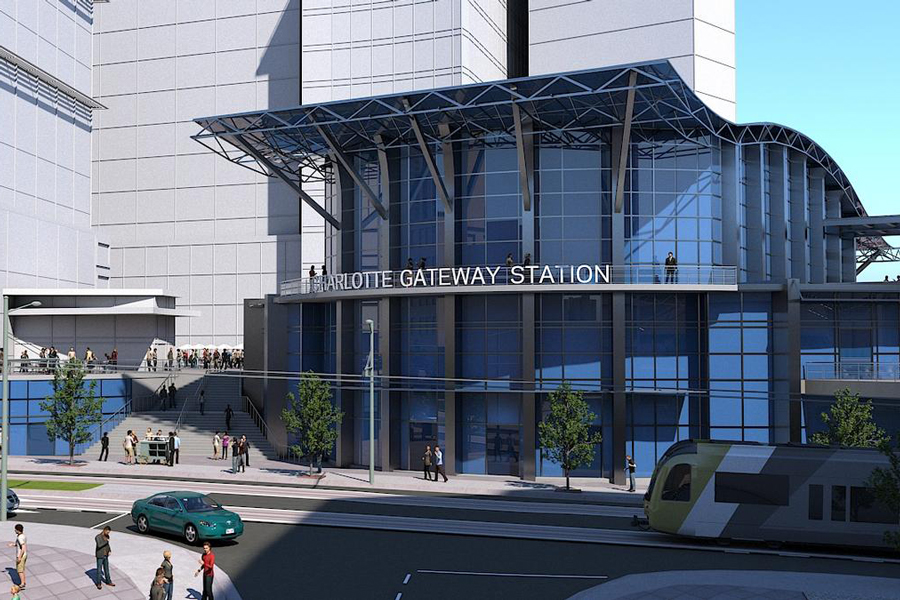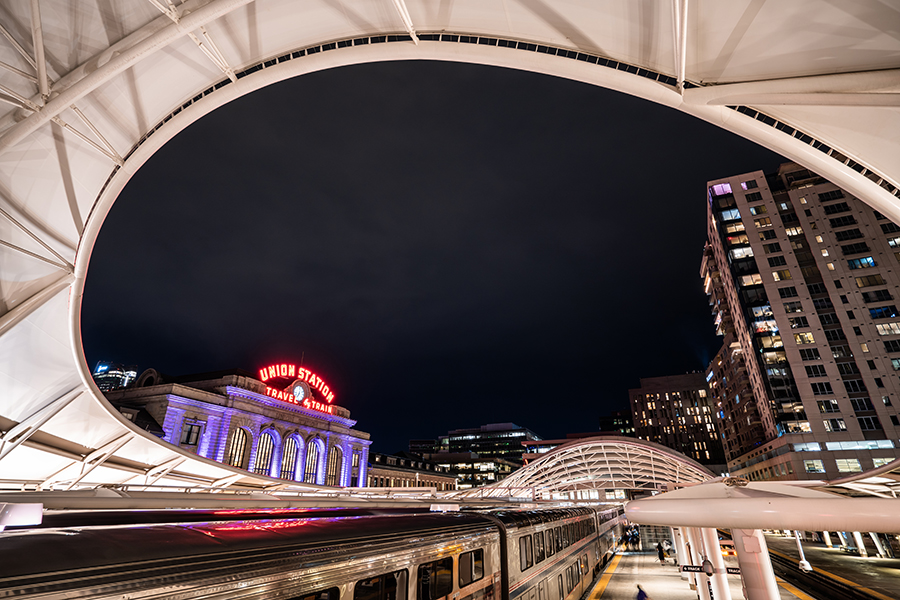The railroad Brightline today broke ground in Nevada on its new Brightline West project. Brightline will use trains traveling up to 200 miles per hour to cut the travel time between Las Vegas and Los Angeles in half. The company already operates successful trains...
Atlanta ranks 48th (of 50) in a survey of the best cities for commuters. It has six of the nation’s top 20 traffic bottlenecks. Workers spend about $10,000 annually on commuting—which is about 22 percent of the average personal income. Meanwhile, just 2.4 percent of workers use transit for their commute.
What’s the takeaway?
Top politicians in North Carolina look toward Atlanta and draw a curious conclusion. It’s not that the city’s transportation system is out of whack and over-invested in a dysfunctional system. What Atlanta needs, they think, are more cars on the road, more lanes, and more highways. Because more of the same-old same-old will supposedly get better results.
Which is the definition of insanity.
What North Carolina’s leaders think about Atlanta matters because Charlotte is now among the fastest growing cities in the US. It needs to invest heavily in transportation infrastructure to keep up with the rapid growth over the coming years. And its location makes it pivotal to any plans for a network of fast, frequent trains serving the Southeast region and, eventually, the entire eastern seaboard. For example, Atlanta-Charlotte was recently selected for inclusion in the Federal Railroad Administration’s Corridor ID program. The North Carolina Department of Transportation is its sponsor, and preliminary plans for a high-speed line between the cities continue to move forward with the help of a $500,000 grant from the program.
At the same time, Charlotte is a city struggling with legacies of racial segregation and economic inequality. In fact, one survey ranked Charlotte dead last of 50 US cities in terms of economic mobility—i.e, the chance that children born into poverty will move up the socio-economic ladder.
Given all of that, Charlotte has a great opportunity to start reinventing itself with a better, more accessible transportation system. And there is a plan to do just that.
In 2020, a task force called Charlotte MOVES—led by a former mayor, Harvey Gantt—proposed what it called “a transformational mobility network”. It would consist of 90 miles of new light-rail and commuter-rail corridors, 140 miles of bus-route upgrades, more than 100 miles of greenway trails, and 75 miles of on-street bike lanes. By one estimate, about 90 percent of jobs and 70 percent of housing in the city would be located within half-a-mile of the transit system.
In 2022, the city followed up with a “strategic mobility plan” that called for at least half of all trips in Charlotte to be taken by sustainable modes—walking, biking, or transit—by 2040.
The Charlotte MOVES proposal gained some traction after its release—one publication called it “the most important local issue of 2021” and covered it in detail. But momentum has since stalled. That’s in part because of the effects of the pandemic on transit ridership, and in part because of opposition from North Carolina Senate leader Phil Berger and House Speaker Tim Moore.
Speaking to the Charlotte Regional Business Alliance last month, Speaker Moore said that “we do not want to be Atlanta with the traffic mess”, so building more roads should be the city’s top priority. In 2023, he told the same group that Charlotte’s plans “focus too much on buses, at a time when ridership is down,” Axios reported, and that Charlotte “should be focused on road infrastructure—and that it shouldn’t try to change people’s habits.”
Funding the $13.5 billion Charlotte MOVES proposal will depend on the passage of a new, one-cent sales tax. But putting the proposed tax to a vote, via a ballot initiative, requires the state legislature’s approval, and the legislature’s pro-car advocacy doesn’t bode well.
In early February, a local TV station quoted a councilman, Ed Driggs, as saying that he was still working to find common ground between the legislature and Charlotte’s city council. “I think we underestimated all the work that was going to be needed,” Driggs said. Another city council member, Dimple Ajmera, told the station that “it certainly feels like we are in gridlock right now” and that “we have to look at other infrastructure investments like light rail, buses, sidewalks, and greenways.”
It’s uncertain where this standoff will end, but it’s clear that there are two great opportunities at hand.
First, Charlotte can position itself as a national leader in transit by reinventing its transportation model for the twenty-first century. That commitment, in turn, can draw momentum from—and add momentum to—the ongoing push for high-speed rail in the region.
Second, train advocates have an opportunity right now to help North Carolina’s leaders understand that—no matter how much money they pour into it, or how many lanes they add—the “cars-first” model will always end in the same place, i.e., some version of Atlanta’s dysfunctional transportation mess.
The Latest from HSRA
Our Latest Blog Posts
Check out the latest news, updates, and high speed rail insights from our blog!




